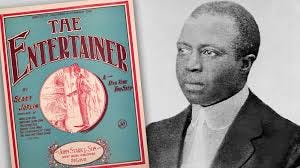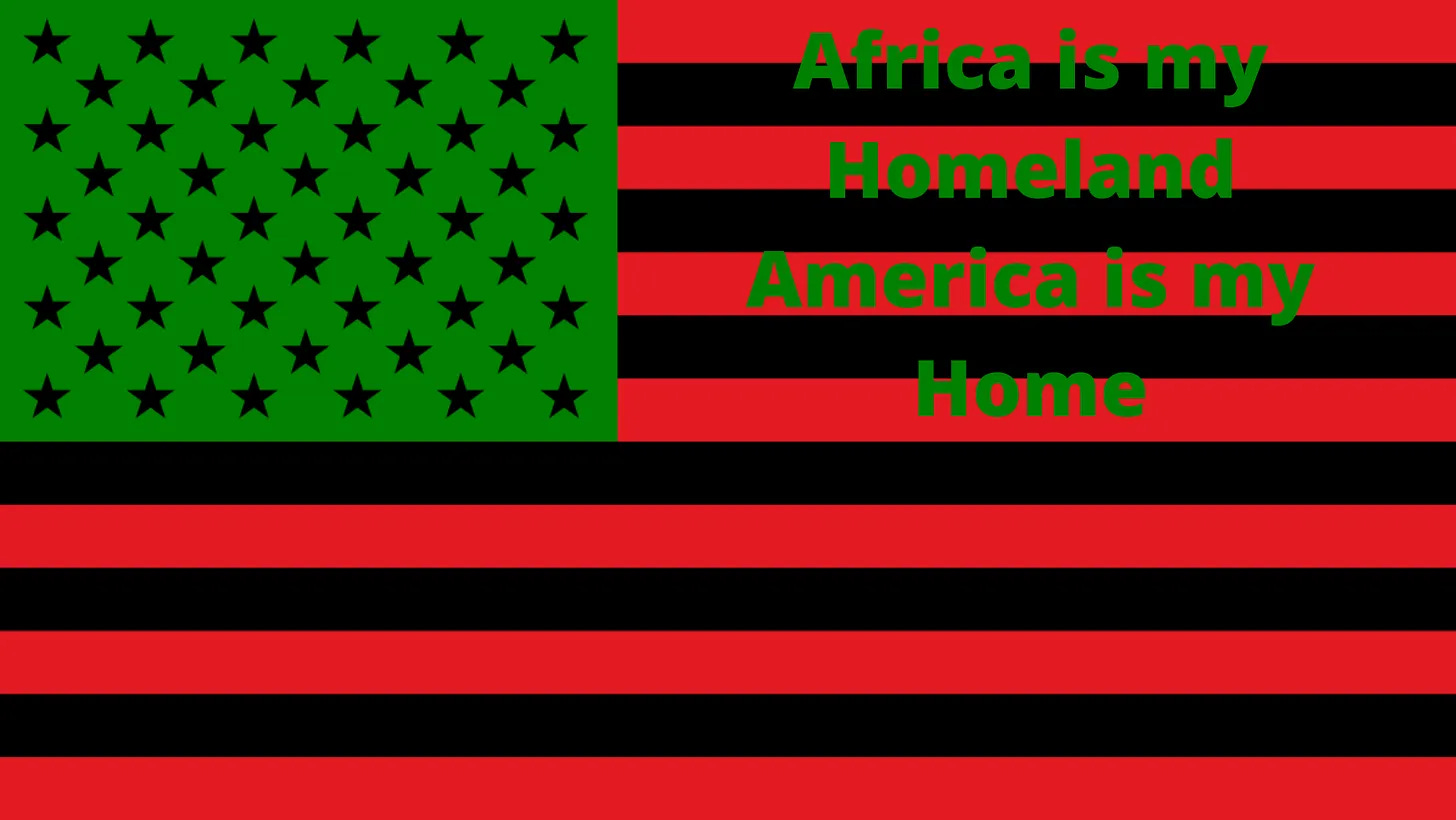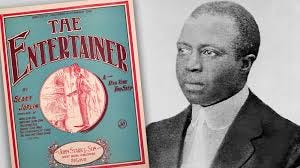Today In Black History: Ragtime Music
The history and legacy of the genre.
Issue #684 Today In Black History, Monday, July 29, 2024
Did you know that you can listen to each “We Are Speaking” post on the Substack App? Download the app!
Help us to reach our July 2024 goals: +100 total new subscribers, including +20 new paid subscribers:
Please share and subscribe to help us grow our publication.
Who are your “Fav Five” who would enjoy “We Are Speaking?” Send them the link!
If you like us, REALLY like us, please click the “Like” button at the end of this post!
We appreciate your support!
Today’s Black History WOW!
Scott Joplin and his most famous ragtime composition
Ragtime music is a genre that is deeply rooted in African American culture and served as a cornerstone for much of American popular music.
Ragtime music developed in the United States, primarily through the African American communities in the Southern and Midwestern states. Its origins can be traced back to 1890 and is characterized by its syncopated, or "ragged," rhythm, which was a departure from the more rigid rhythms of earlier music forms like marches and classical compositions. Influences included African rhythms, work songs, spirituals, and European classical music.
One of the earliest forms of ragtime was the cakewalk, a dance performed by enslaved African Americans that later became a popular minstrel show feature. As African Americans migrated to urban areas, they brought with them the musical traditions that would evolve into ragtime.
The most well-known figure in ragtime music is undoubtedly Scott Joplin, often referred to as the "King of Ragtime." Joplin's compositions, such as "Maple Leaf Rag" and "The Entertainer," remain quintessential examples of the genre. His work not only demonstrated the complexity and beauty of ragtime but also brought it to a broader audience through sheet music and early piano rolls.
Another pivotal figure was James Scott, whose compositions like "Climax Rag" and "Frog Legs Rag" further expanded the ragtime repertoire. Other notable composers include Joseph Lamb and Eubie Blake, who contributed significantly to the genre's development.
Ragtime music reached the peak of its popularity between 1897 and 1917. It provided a fresh and lively contrast to the more staid musical forms of the time. Ragtime was performed in parlors, saloons, and theaters across the country.
The genre also had a profound impact on the development of subsequent music styles. Jazz, in particular, owes much of its syncopated rhythm and improvisational style to ragtime. Artists like Jelly Roll Morton and Duke Ellington, who played ragtime early in their careers, became pivotal figures in the jazz movement.
By the 1920s, the popularity of ragtime began to wane as jazz and blues rose to prominence. However, ragtime never truly disappeared.
In the 1970s, the film "The Sting," which featured Joplin's "The Entertainer," brought ragtime back into the mainstream. This period saw a renewed interest in ragtime music, with musicians and scholars alike seeking to preserve and celebrate this unique American art form. Today, ragtime is recognized as a foundational genre in American music history.
Today In Black History
In 1794, Mother Bethel African Methodist Episcopal (AME) Church, the first AME church in America was founded in Philadelphia, Pennsylvania by Absalom Jones and Richard Allen, a former slave.
In 1919, the first convention of the National Association of Negro Musicians was held in Chicago. It awarded its first scholarship to the young Marian Anderson.
In 1991, Dr. Bernard A. Harris, Jr. officially became a NASA astronaut. He previously served as a NASA clinical scientist and flight surgeon.
Our paid subscribers are encouraged to discuss this post in our W.A.S. Chat Community.
Join Pamela Hilliard Owens’s subscriber chat
Available in the Substack app and on the web
You are also welcome to view “We Are Speaking” in Substack Notes. You can also read other Substack publications without subscribing to them when you join Notes.






